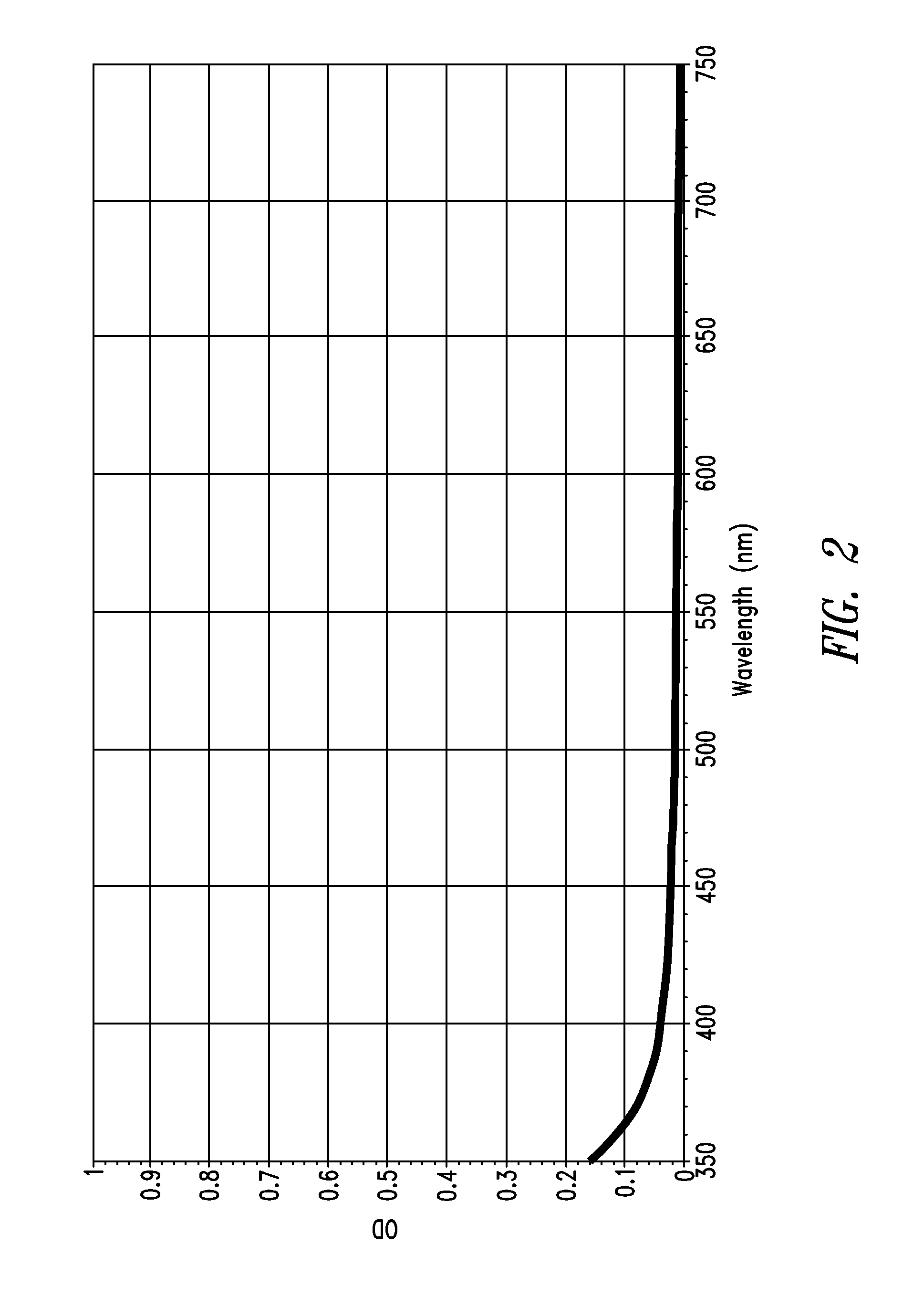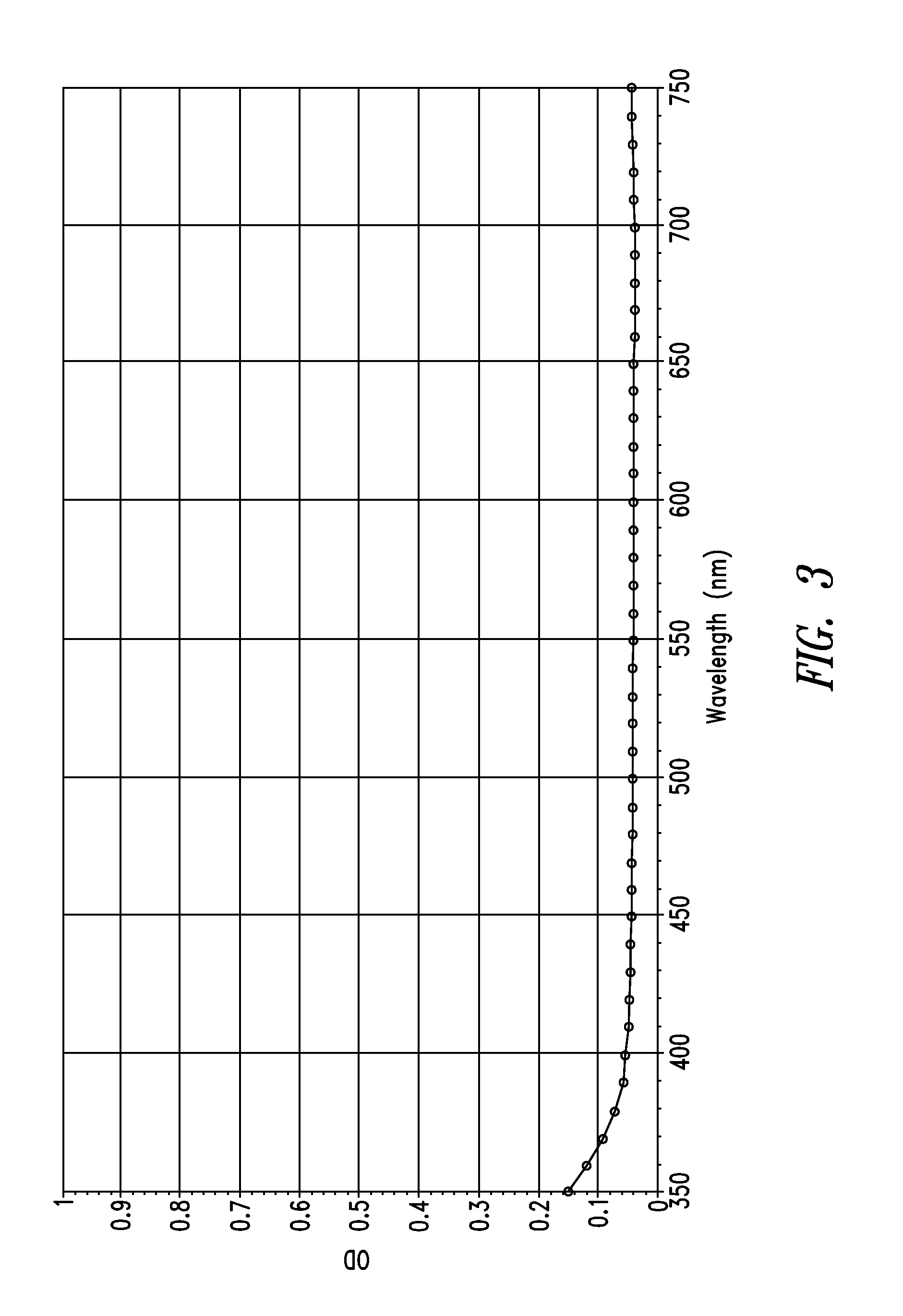Stable indole-3-propionate salts of s-adenosyl-l-methionine
a technology of indole-3-propionate salts and s-adenosyl-l-methionine, which is applied in the field of stable indole-3-propionate salts of sadenosyllmethionine, can solve the problems of gastrointestinal discomfort, none discloses indole-3-propionic acid (ipa) salts of same, and the degradation of molecules to undesirable degradation, so as to increase the methylation level of dna levels
- Summary
- Abstract
- Description
- Claims
- Application Information
AI Technical Summary
Benefits of technology
Problems solved by technology
Method used
Image
Examples
synthetic example 1
S-Adenosyl-L-methionine p-toluenesulfonate indole-3-propionate
[0082]A. To a stirred solution of S-adenosyl-L-methionine p-toluenesulfonate salt (100 mg, 0.128 mmol, Sigma Aldrich lot#021M5158V) in HPLC grade water (2.5 mL) was added barium carbonate (125 mg, 0.63 mmol) and stirred for 5 minutes and left standing for another 5 minutes. The S-adenosyl-L-methionine free base generated was filtered from the precipitated p-toluensulfonate salt directly into a vial containing indole-3-propionic acid (IPA) (67 mg, 0.354 mmol, Sigma Aldrich lot #1431484V), and vigorously stirred for 1 hr. The resulting suspension was lyophilized to yield a white solid. The resulting solid was washed with ethyl acetate (3×3 mL) and filtered. The filtered solid was dried to yield 109 mg of S-adenosyl-L-methionine p-toluenesulfonate indole-3-propionate salt; 1H NMR (300 MHz, D2O) δ 8.14 (s), 7.6 (d), 7.34 (d), 7.2 (d) 6.98-7.09 (m) 5.97 (s) 4.80-4.83 (s) 4.2-4.6 (m), 3.2-3.91 (m), 2.7-3.0 (m), 2.45 (t), 2.1-2....
synthetic example 2
S-Adenosyl-L-methionine 1,4-butanedisulfonate indole-3-propionate
[0084]A solution of S-adenosyl-L-methionine 1,4 butanedisulfonate (4.10 g, 6.67 mmol, Sigma Aldrich lot#021M5158V) in HPLC grade water (20 mL) was cooled to 0° C. and the pH of the solution was measured (pH 1.6) and adjusted to pH 7 by slow addition of 10% sodium hydroxide at 0-5° C. A solution of indole-3-propionic acid (5.50 g, 26.7 mmol, Sigma Aldrich lot #1431484V) in methanol was added and the reaction mixture was diluted with methanol to make it a uniform solution with a pH of around 5.3. The solution was stirred for thirty minutes and concentrated under reduced pressure to remove the methanol. The residual aqueous solution was lyophilized to remove water. The dry powder thus obtained was suspended in methanol and stirred for 10 minutes to remove excess indole-3-propionic acid. The salt was removed by filtration and washed with methanol to obtain 4.0 grams of S-adenosyl-L-methionine 1,4-butandisulfonate indole-3-...
biological example 1
[0088]The following in vitro permeability assay was conducted to determine the efficacy of certain absorption enhancers in increasing the permeability of a IPA salt of SAMe, or a pharmaceutically acceptable salt thereof, of the invention. See Stewart, B H, et al. (1995) “Comparison of intestinal permeabilities determined in multiple in vitro and in situ models: Relationship to absorption in humans,”Pharm. Res. 12:693.
Test Compound
[0089]The test compound was the IPA salt of SAMe 1,4-butanedisulfonate (the product of Synthetic Example 2) (SAMeIPA). The concentration of the test compound used in the assay was 2 mM.
Absorption Enhancers
[0090]The absorption enhancers tested with the test compound in this assay were trimethyl chitosan homopolymer (HPTMC), trimethyl chitosan (TMC) and chitosan HCl (chitosan).
Test Formulations
[0091]The following formulations were tested:
[0092]1. SAMeIPA (with no absorption enhancer added)
[0093]2. SAMeIPA and 0.025% chitosan
[0094]3....
PUM
| Property | Measurement | Unit |
|---|---|---|
| wavelength | aaaaa | aaaaa |
| pH | aaaaa | aaaaa |
| pH | aaaaa | aaaaa |
Abstract
Description
Claims
Application Information
 Login to View More
Login to View More - R&D
- Intellectual Property
- Life Sciences
- Materials
- Tech Scout
- Unparalleled Data Quality
- Higher Quality Content
- 60% Fewer Hallucinations
Browse by: Latest US Patents, China's latest patents, Technical Efficacy Thesaurus, Application Domain, Technology Topic, Popular Technical Reports.
© 2025 PatSnap. All rights reserved.Legal|Privacy policy|Modern Slavery Act Transparency Statement|Sitemap|About US| Contact US: help@patsnap.com



